Original title: (Web3 Japan Market: Latest Data, Scale, and Interpretation for 2025)
Original author: AB KUAI DONG, cryptocurrency content blogger
After the last article shared (Web3 practitioners moving to Japan and local life), although it was repeatedly explained that many colleagues living and working in Japan do not engage in the Japanese market, many friends still want to understand the specific situations of Japanese users and the industry.
Especially later, it was found that research and materials on Japan's Web3 market in the Chinese-speaking region are quite lagging, so it was decided to update a study on the Japanese market.
Multiple contents in this article are referenced from the Japan Cryptocurrency Asset Association, the Japanese Financial Services Agency, compliant exchanges, and other data and information, for research and reference purposes only.
The main content of this article covers:
· Japan's Web3 market (growing user base)
· Scale and growth of the Japanese cryptocurrency market (opportunity?)
· Investor user group profile (not engaging on-chain?)
· Government regulation (attitude towards non-compliant offshore exchanges?)
· Disputes over tax rates (increase or decrease?)
· How project teams operate (legal risks?)
Japan's Web3 market
Overall, Japan, although a relatively developed country in Asia with a population of 124 million, has a decreasing number of young people. Under the extremely prosperous development of the local stock market, real estate, anime culture, and tourism, people's attention has become very scattered, which reduces the motivation for young people to pay attention to Crypto, with middle-aged groups being the majority.
However, due to the global promotion and popularity of cryptocurrencies, the local participation in Crypto in Japan is also accelerating, and by May 2025, user scale and trading volume reached new highs.
Characteristics: 12.41 million user group, with the main participants being middle class aged 30-40, focused on financial management, preferring long-term allocation rather than pure speculation, with the majority earning below 7 million yen (320,000 RMB) annually, and high taxes on cryptocurrency profits (most are holding without selling, waiting for the 2026 tax reduction policy).
Scale and growth of the Japanese cryptocurrency market
In 2022, the total spot trading volume of compliant exchanges in Japan was only about 1 trillion yen (approximately 6.8 billion USD), then in 2023, it was 1.13 trillion yen (approximately 7.6 billion USD), with a growth of only about 13%.
However, by 2024, after Bitcoin was fully adopted by Wall Street, the total cryptocurrency trading volume in Japan immediately grew to 20.6 trillion yen (approximately 14 billion USD), with a year-on-year growth rate of 82%, finally becoming a sizable market.
In terms of trading varieties: Bitcoin (BTC) accounts for about 70%, while Ethereum (ETH) only accounts for about 14%. This has also led many compliant exchanges in Japan to primarily promote buying BTC, for example, Tiktok frequently features advertisements of exchanges promoting Bitcoin.
Additionally, starting in 2024, XRP's popularity has slightly surpassed that of ETH.
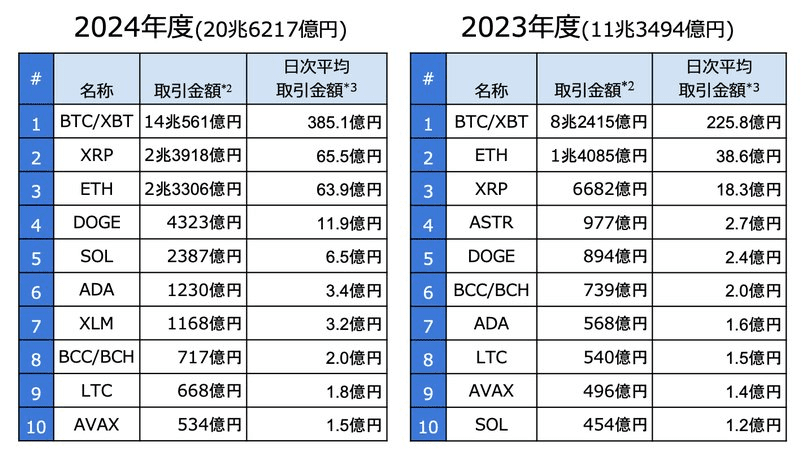
12.41 million users in the cryptocurrency market
Although seeing this data may seem fine, with at least 12.41 million cryptocurrency users, in reality, this growth only began in 2024.
In 2022, the number of cryptocurrency users in Japan was only 5.61 million; in 2023, it was 6.46 million, with a growth rate of only 15%; but by 2024, this figure surged to 9.17 million, with a growth rate of 41%.
Currently, by May 2025, it has reached 12.419 million. Thus, the domestic user base of Japan's cryptocurrency market is also accelerating growth, with the custody amount exceeding 4.26 trillion yen (approximately 27.5 billion USD).
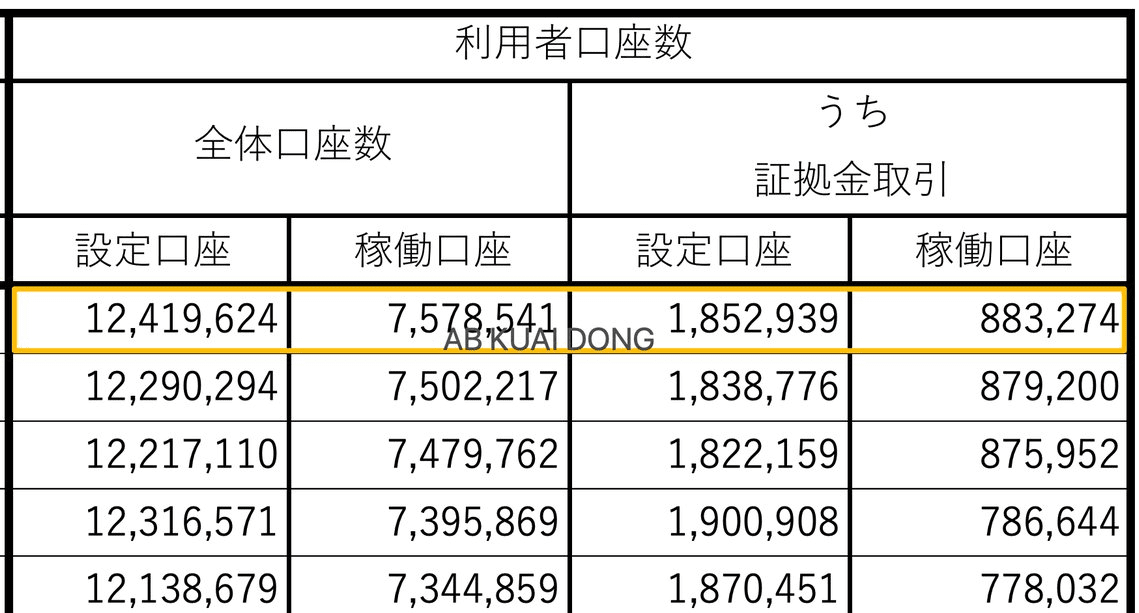
Investor user group profile
As of May 2025, the number of cryptocurrency users in Japan has reached 12.41 million, accounting for about 15% of the adult population.
Among these, the main investors are middle-class individuals aged 30-40, characterized by:
· Heavily reliant on YouTube, X and other social media
· A certain level of stable income
· Annual income below 7 million yen
In terms of investment behavior and motivations:
· Financial management type, long-term allocation, not speculative
· Most small participants, trading app operations
· Low trading frequency, mostly only a few orders a year
· On-chain native players, only a very small group
Therefore, overall, the user base of cryptocurrencies in Japan is gradually becoming more mainstream, but still prefers safety and convenience.
This has led most project teams and exchanges in Japan to realize that advertising in the media is not as effective as partnering with bloggers on YouTube and X for long-term collaboration. Therefore, Japan's crypto circle has also become a place where everyone is becoming a blogger, while traditional media is increasingly under pressure.
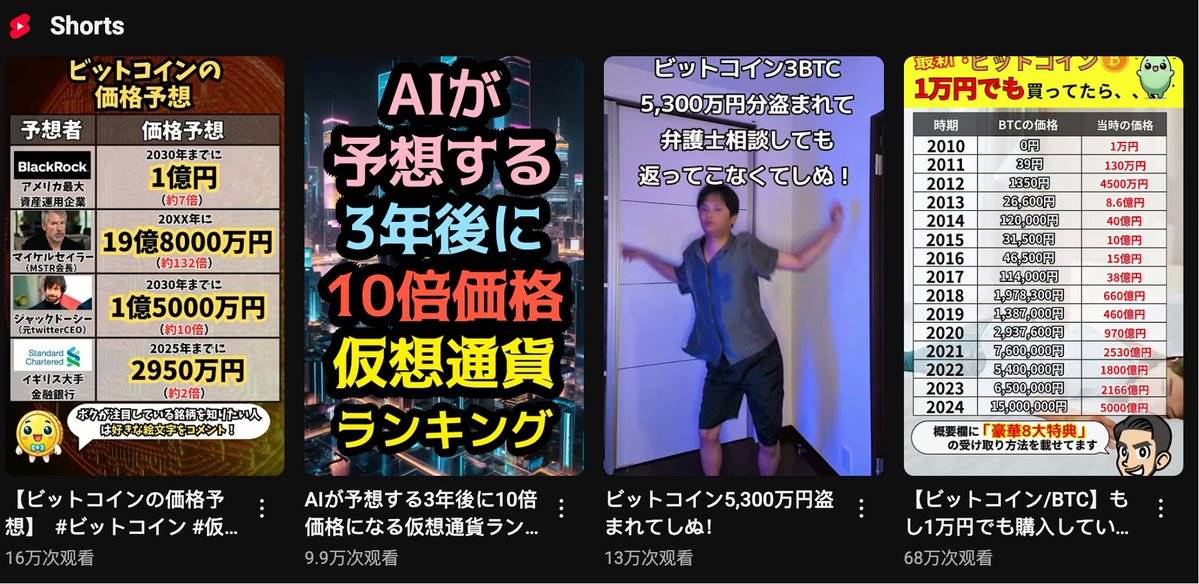
Regulatory environment
Japan's cryptocurrency regulatory model is quite similar to that of the United States. It is a three-tiered collaboration of FSA (Financial Services Agency of Japan) + JVCEA (industry self-regulatory association) + JCBA (industry group).
Thus, it can be observed that most cryptocurrency companies operating in the Japanese market are both members of JVCEA and JCBA. For instance, Binance Japan has publicly announced on Twitter that it is a member of JVCEA (Japan Virtual Currency Exchange Association).
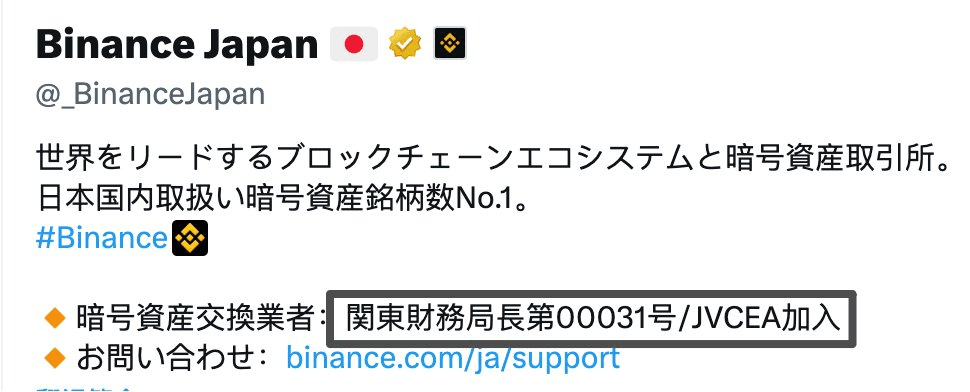
Currently, if exchanges and custody institutions want to legally operate in the Japanese market, they need to have the corresponding qualifications and licenses to join these associations. Over the past few years, asset management institutions and exchanges entering the Japanese market have generally adopted methods such as reverse mergers to operate.
Attitude towards non-compliant offshore exchanges
In addition to the above compliant exchanges, there have also been many non-compliant exchanges promoting and operating in Japan, gaining a large user base. The main reason these users engage with offshore exchanges is:
· Tax evasion, tax avoidance
· Variety of cryptocurrencies
· Comprehensive leverage and contract varieties
Currently, such exchanges were targeted for crackdown in February 2025 by the Japanese Financial Services Agency and the government, and related download and access channels have been completely removed from the Apple Store and Google Store in the Japanese region. Some Japanese bloggers who helped promote these exchanges have also received notifications.
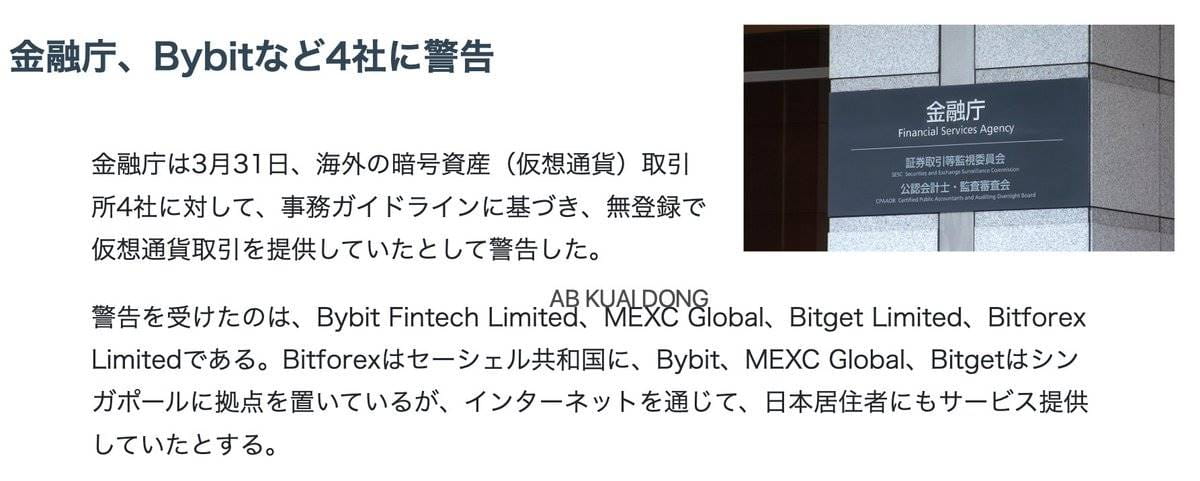
However, since Japan does not impose website access restrictions, Japanese users can still access these non-compliant offshore exchanges. To this day, there remains a portion of the user base trading on these platforms, although local promotion has become relatively conservative.
Disputes over tax rates
Previously, in a survey conducted by local statistical agencies targeting cryptocurrency users, a common reflection was that tax burden and reporting costs were pain points, especially as most Japanese retail investors treat cryptocurrency as an investment (holding coins), which increased the complexity of comprehensive taxation and bookkeeping, raising the usage threshold.
As we all know, if you buy 30 million yen of BTC through local compliant exchanges and make a profit, the following year, you have to pay 45% miscellaneous income tax + 10% resident tax, which is about 55%.
Currently, the financial bureau has confirmed that cryptocurrency taxation will be included in the adjustment scope for 2026, making cryptocurrencies subject to a tax rate of about 20%, similar to stocks.
This means that investors ultimately only need to pay a maximum of 15.315% national tax and 5% local resident tax. Moreover, once this tax is paid, it is equivalent to completely cashing out, and no further taxes need to be paid afterward. If it is a corporate investor: only pay 15.315% national tax, and local tax can be excluded.
Currently, this landing expectation will arrive together with Japan's BTC and XRP spot ETFs in 2026.
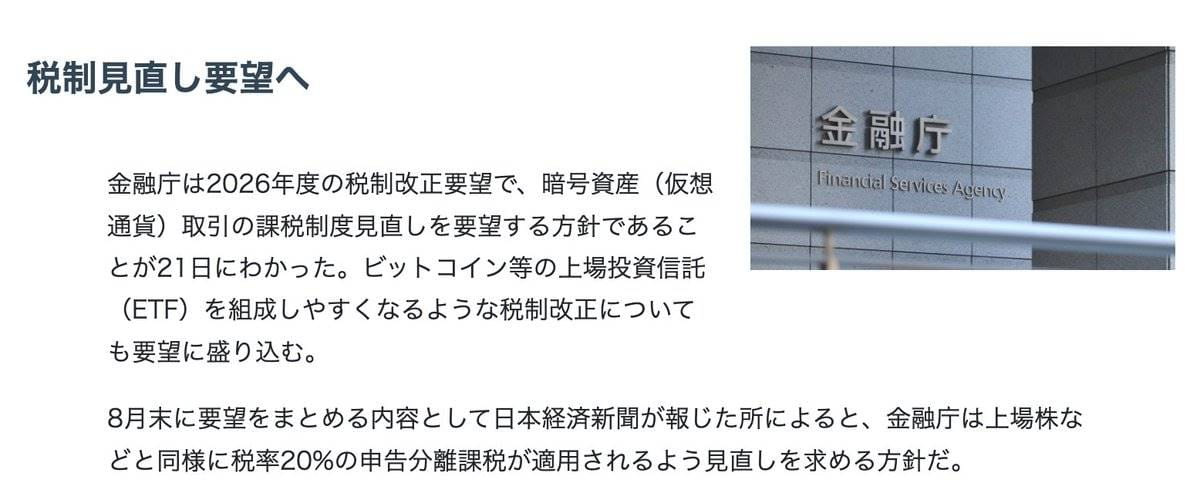
How project teams operate
Lastly, the most frequently asked question recently is how project teams operate in Japan and what kind of restrictions they face.
According to previous statistics, there are currently at least 20 well-known project teams that have offices and reside in Japan, but most conduct activities locally under the name of research and development companies.
The main reason is that if a project team wants to conduct large-scale business in Japan (for example, issuing tokens for fundraising aimed at Japanese users, listing on compliant Japanese exchanges), they must pass the review of JVCEA (Japan Cryptocurrency Trading Association). Therefore, compared to Southeast Asia and Dubai, the compliance threshold is much higher, with significant costs.
Therefore, most project teams in Japan do not engage in the Japanese market. Operations and token issuance activities are conducted through BVI or other offshore entities; fixed expenses such as personnel, product development, and office operations are conducted through local entities.
This is also a common portrayal of both local projects and foreign projects operating in Japan.
People in Japan, not engaging in the Japanese market.
I hope the above content is helpful to you.
Original link



